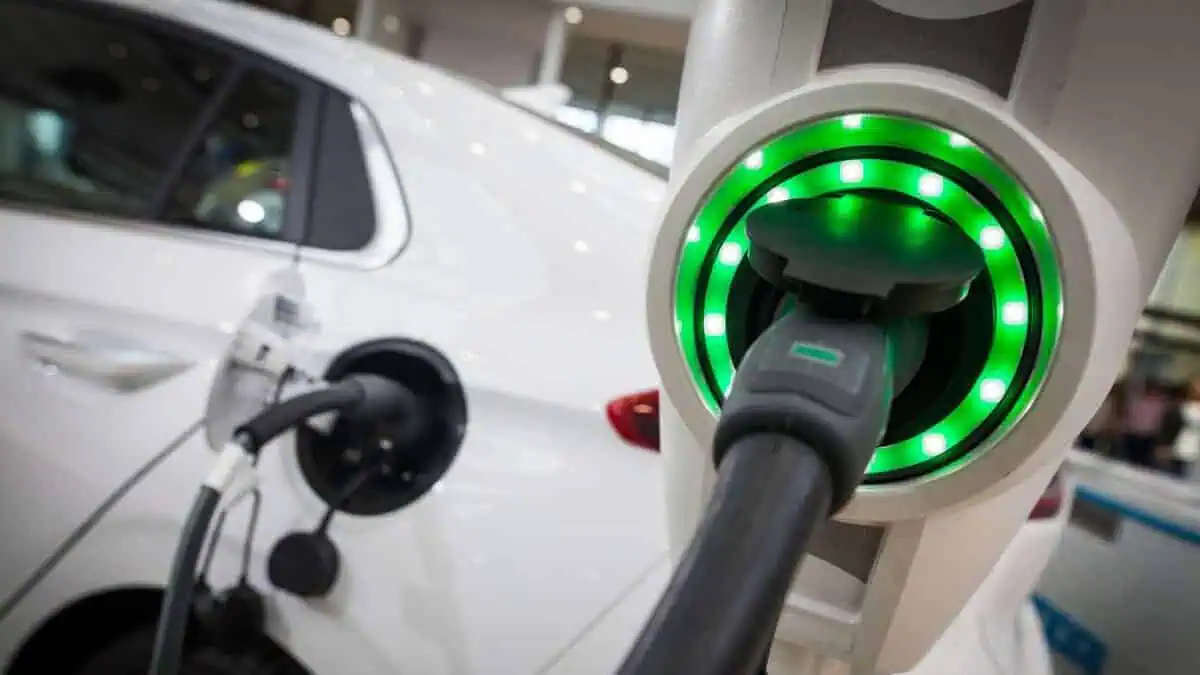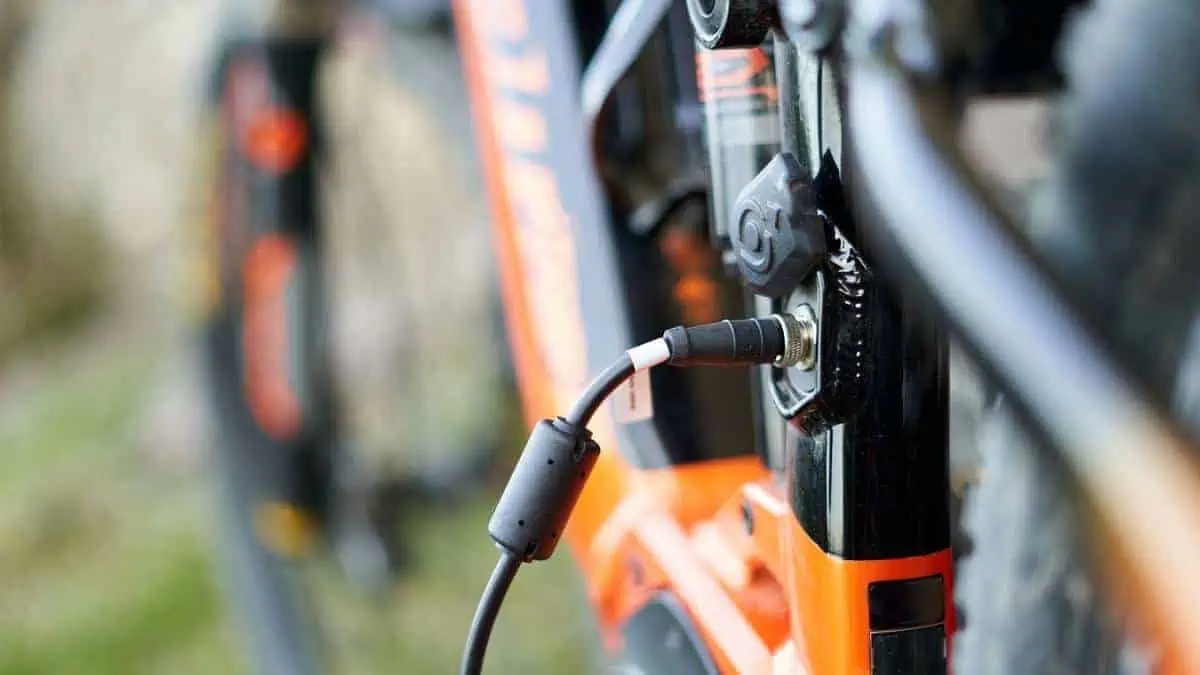Foxconn aims to become a leading player in the electric vehicle market by building half of all EVs in the world, leveraging its Mobility in Harmony platform to offer a diverse range of electric cars.
Around 12 years ago, during the early days of the electric vehicle revolution, traditional automakers were concerned that they would be reduced to mere assemblers of parts from various suppliers, including battery and touchscreen manufacturers. They envisioned a time when they would cease to be true manufacturers, which they were during the good old days when they created their engines and transmissions.
Fast-forward to the present day and Foxconn is on a mission to become a significant assembler for the world’s top automobile manufacturers. Most customers’ location of their vehicle’s production is not a substantial concern – they prioritize reliability and safety while travelling. Interestingly, an entire industry, relatively unknown to the public, specializes in assembling vehicles for well-known brand names.
One of the prominent contract manufacturers in the electric vehicle industry is Canada’s Magna International, responsible for producing the Jaguar I-Pace and several other automobiles. Geely has also expressed interest in offering contract manufacturing services, while China’s Guangxi Automobile Group has already begun manufacturing EVs for Sagawa Express Co. of Japan. Volkswagen Group has entered the fray by offering its MEB electric car chassis to other manufacturers. Ford is set to provide several EVs based on the MEB platform to its European customers shortly.
Although some readers may consider this a specialized sector, Goldman Sachs predicts that EV outsourcing will produce 800,000 EVs valued at $36 billion in 2025 and 3.2 million EVs worth $144 billion in 2030. This represents a significant business opportunity for those who can fulfil the demand.
Foxconn launches strategic plan to diversify customer base
Foxconn has acquired GM’s former Lordstown factory in Ohio, which has the potential to produce up to 330,000 vehicles per year at total capacity. Although currently used for manufacturing Endurance electric trucks for Lordstown Motors and Fisker Ocean, Foxconn is exploring other opportunities to fully utilize the factory’s potential.
In a recent interview with Reuters, Ian Upton, Foxconn Ohio’s director of production control, stated that the company hopes to manufacture approximately 300,000 electric vehicles (EVs) at the plant. To accomplish this, Foxconn is seeking a customer who requires roughly 250,000 vehicles, leaving the facility able to produce other niche products as well.
“The results of many of our collaborations will be realized one after the other in 2023,” the company said in a statement to Reuters. “The demand for EVs is driving industry disruption where prominent traditional automakers have and are pivoting to finding mobility solutions that are cleaner and smarter.” The company’s proposition is simple: let us build your next EV. Jun Seki, a former Nissan executive, has been recruited by Foxconn to head its US manufacturing program. EVs assembled at the Lordstown facility will be eligible for federal incentives under the Inflation Reduction Act, subject to compliance with battery material and component sourcing requirements.
Some companies without a current US manufacturing presence may find Foxconn’s proposal alluring. Constructing a factory from scratch is both costly and time-consuming, with years potentially passing before production begins. Foxconn’s solution could offer a more immediate alternative.
Foxconn’s “Mobility in Harmony” EV platform aims to revolutionize car manufacturing
Foxconn aims to leverage its Mobility in Harmony EV platform, dubbed as the “Android system for EVs,” to standardize the primary systems required to produce electric vehicles, allowing for fast and cost-effective customization to build various models for a diverse clientele. Canoo has a similar strategy in place, developing “skateboards” that encompass all the necessary electric vehicle components and adding a pre-built body, or “top hat,” on top.
“We want to create that kind of ecosystem so anyone — for example, like United Airlines — can say, ‘I want to make a car,'” Foxconn chief product officer Jerry Hsiao told Reuters recently during a tour of the Lordstown factory. Having played a pivotal role in developing the initial Android phone for Google, Hsiao perceives electric vehicles as a commercial turning point similar to the one he witnessed with the smartphone.
Foxconn has set its sights high, aiming to capture five per cent of the global EV market and generate $33 billion in revenue from EV manufacturing and components by 2025. Its ultimate objective is producing nearly 50% of the world’s EVs. Assuming a 20% EV adoption rate by 2025, achieving five per cent of the market would require producing approximately 900,000 vehicles.
Foxconn already supplies parts to Tesla and makes camera modules for automakers and suppliers. “They can probably buy things cheaper than anyone on earth,” Raymond Tsang, a partner in Bain & Company, said.
Essential insights
Foxconn has set an ambitious goal of capturing 50% of the global electric vehicle market. This move may remind some readers of the company’s previous large-scale projects, such as the Wisconsin touchscreen factory. Despite Wisconsin’s promise of tax credits and land clearance, The Verge reports that the factory was never built, raising questions about Foxconn’s reliability. However, it is currently too early to make any assumptions about the success or failure of the Lordstown project or Foxconn’s role in it. The automotive industry is changing, and the future of electric vehicle manufacturing may involve contract manufacturers like Foxconn. The outcomes of these changes will determine the winners and losers in the industry, and it remains to be seen where Foxconn will fit in.






